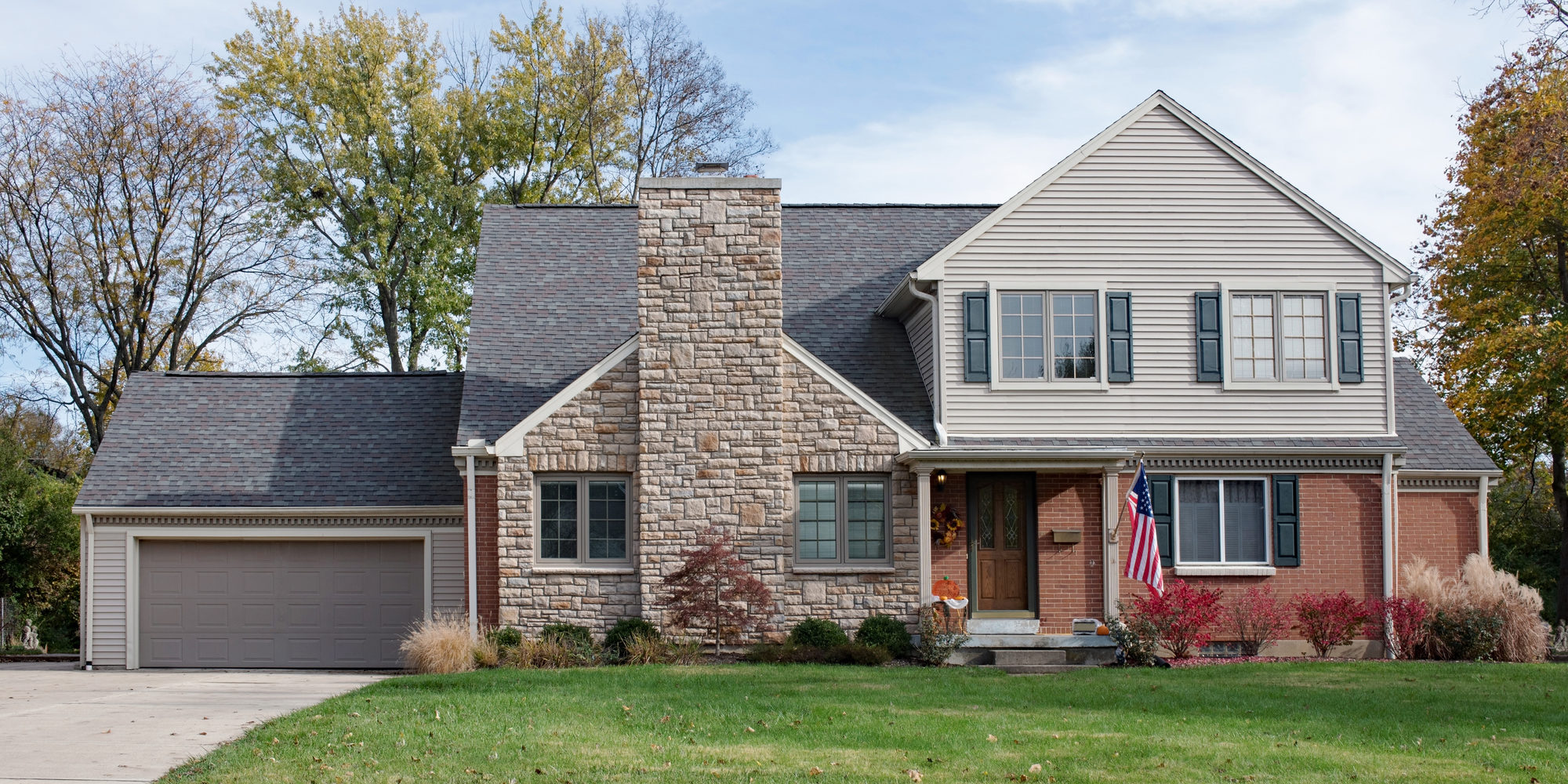Having a chimney is a luxury for some and a burden for others. No one better likes a warm, cozy fire going when its unbearably cold and dreary, but thinking about maintaining a chimney, hearth, and fireplace can be a chore, yet there is just something about a fire crackling in a fireplace that warms the body and the soul. If you have a fireplace, you probably know the feeling. You may wonder about how to care for the source of that warmth, your chimney, and how it functions. So, just how does a chimney actually work, anyway?
How it Works
A chimney is devised to eliminate gases, such as carbon dioxide and other gases from the air. Most people equate a chimney with an actual fireplace, but any source that gives off heat from burning fuel, whether it’s wood, gas, oil or coal requires a chimney or venting of some kind.
Parts of a Chimney
A chimney consists of a series of parts from the top down that include:
- chimney cap – a covering for the top of a chimney that is designed to keep out obstructions, animals and moisture as well as serve as protection from any possible burning residue that could initiate a fire.
- flue – chimney opening for transporting exhaust (hot gases) from a fireplace to the outside. Historically, a flue was considered the chimney.
- flue liner – an inner line of a chimney that keeps the heat of expelled gases inside a chimney so overheating does not occur and cause possible fires with the framing and walls of a home
- chimney – vertical structure that extends above a roofline that is integrated into a building or home, which includes a flue that takes away smoke.
- damper – seals off the chimney flue while it is not in use and keeps beneficial cool or warm air in a home.
- smoke chamber assembly – compartment in a fireplace above the smoke shelf that extends to the bottom portion of the base of the flue.
- smoke shelf – the bottom area of the smoke chamber that is found at the junction of the smoke chamber and the firebox.
- firebox assembly – compartment of a fireplace where a fire burns
- base assembly – compartment underneath a fireplace firebox that is used as a holder for ashes and is available for disposal of ashes through a cleanout door.
Conditions that Affect Airflow
Airflow is the key to a chimney’s activity. The fact that warm air and smoke rise and are released from a chimney is known as the stack effect, which is actually defined as the movement of air within and outside of a structure. That includes chimneys, flue-gas stacks and other receptacles that are affected by the expansion of air. Expansion happens because of the density of air from indoor to outdoors, and the density of air is caused by differing temperatures and moisture levels.
When a fireplace chimney is involved, the warm air that rises is considered the draft. A chimney in good working order will have an effective and strong draft that will draw any gases and smoke away from a home environment, and out the chimney. When a chimney draft is not functioning properly, the flame of a fire can be totally extinguished or cold and polluted air can be released.
Alleviating Poor Draft Conditions
- the damper – making sure that a damper is open when starting a fire and closed when a fireplace is not in use to avoid cold air influx and other problems
- the flue – making sure there are no obstructions inside a chimney as well as checking as to whether there is soot or creosote buildup inside the flue or around any screening in the chimney cap area
- the flue – making sure the flue is the proper size and material for the chimney
- air flow and air pressure – making sure that air flow in a home is sufficient and that air pressure is balanced. Fresh air intakes can be included to help for correcting both airflow and air pressure to assure a well-fed fire
- taller chimney – a taller chimney will allow for a greater draft and safety from possible embers or sparks. Approximate heights should be 15 feet from the fireplace base to the chimney’s top and 3 feet above the roof-line where the chimney intersects with the roof.
- chimney inspection – arrange for an annual chimney inspection to assess for any damage and for safety precautions
Whether you are experiencing problems with a faulty chimney or think that roof related problems are a contributing factor, complete the online contact form and an expert will get back to you with answers to your questions, along with suggestions for an inspection or other information that can help you alleviate chimney or roofing issues.







